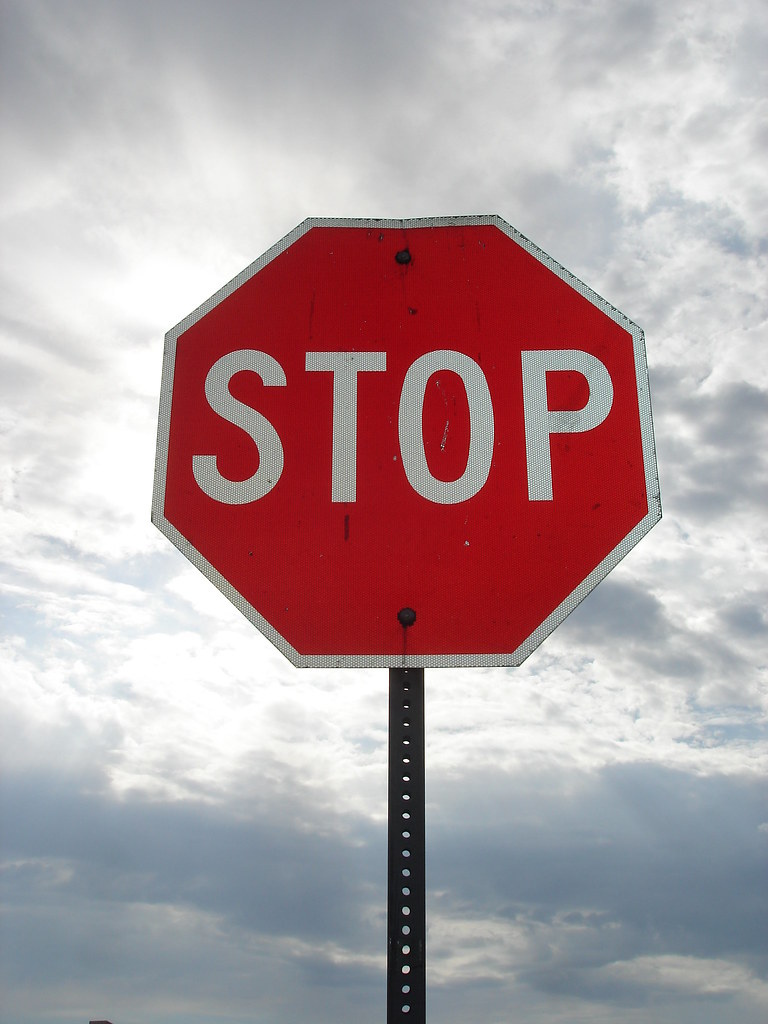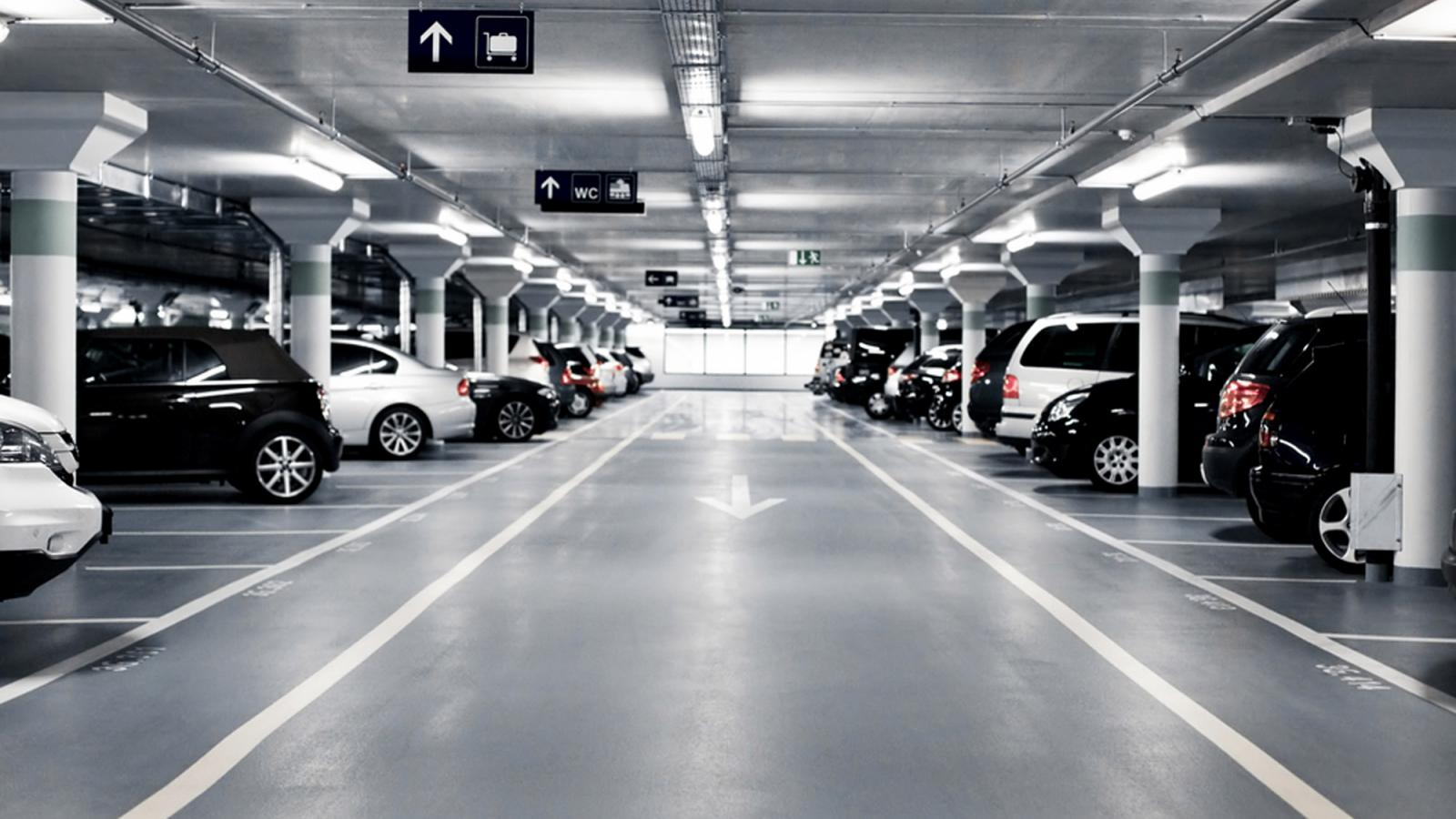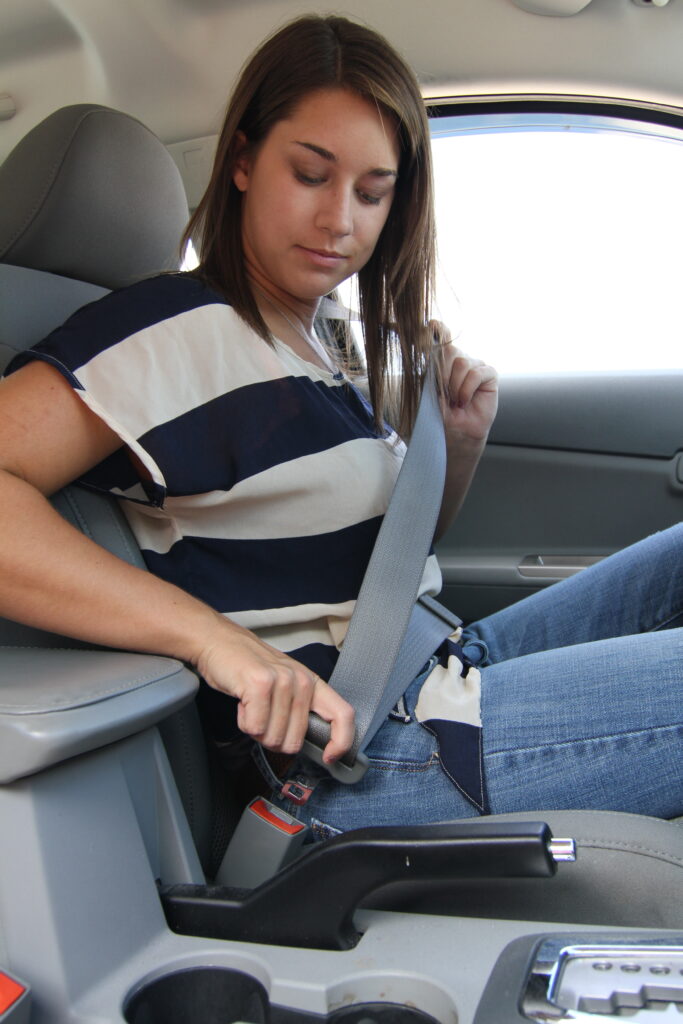
Most drivers, if asked, would likely affirm their proficiency behind the wheel, a sentiment particularly strong among those who obtained their licenses years or even decades ago. While not every lapse in driving habits culminates in a severe accident, such behaviors frequently lead to traffic violations and impose unnecessary stress on a vehicle. More importantly, certain driving habits are universally despised and reveal deeper insights into a driver’s personality.
Indeed, beyond the crucial aspect of personal safety, a close examination of an individual’s driving skills and habits offers a window into their character. In recent years, the emerging field of traffic psychology has made significant strides in deciphering personality traits based on how people drive and interact with their vehicles. This scientific approach provides a fascinating, data-driven perspective on human behavior on the road.
This article delves into some of the most frustrating and potentially dangerous driving habits reported by both experts and the general public. We’ll explore what these behaviors signify about the driver, backed by research and statistics, offering practical insights into the psychological underpinnings and real-world consequences of poor road manners. Our aim is to provide a comprehensive look at how these actions not only affect traffic flow and safety but also reflect deeper aspects of personality and societal conduct.

1. **Not Yielding to Pedestrians in the Crosswalk**
One of the most immediate indicators of a driver’s perspective on others is their behavior at crosswalks. Failing to stop or yield to pedestrians often suggests a person holds their own time and importance above that of others, or even perceives themselves as being above traffic laws. This can be a significant red flag for an egocentric mindset.
Compelling research from the University of California, Berkeley, highlighted this dynamic by observing driver behavior. Their studies noted that not a single car in the “beater-car category” drove through a crosswalk in a manner that endangered pedestrians. In stark contrast, drivers of luxury or premium cars were considerably less observant of these critical traffic laws, suggesting a correlation between vehicle prestige and a disregard for pedestrian safety.
Observing such behavior warrants a closer look at the driver’s immediate surroundings. Are they engrossed in their vehicle’s “fancy gadgets,” potentially distracted, or perhaps preoccupied with their smartphone? These distractions, coupled with a sense of entitlement, often contribute to such dangerous and discourteous actions. According to a survey of UK drivers, a significant 85% found this habit to be highly annoying, underscoring its widespread impact on road users.
Read more about: Boost Your Safety: 23 Driving Mistakes You Might Be Making

2. **Not Giving the Right of Way**
The principle of yielding the right of way is fundamental to maintaining orderly traffic flow and preventing accidents. However, this seemingly simple rule is often flouted, particularly by drivers of luxury vehicles who may act with a heightened sense of self-importance. This behavior can be seen as a form of “classism on the road,” where some drivers feel their journey holds precedence over others.
A 2023 study further illuminated the psychological underpinnings of this issue, investigating differences in drivers’ right-of-way attitudes and their predictive power for driving behaviors. The findings were clear: a higher correctness in a driver’s right-of-way attitudes correlated with a higher level of prosocial driving behavior and, conversely, a lower level of aggressive driving behavior. This demonstrates a direct link between a driver’s understanding and respect for this rule and their overall conduct.
If you observe someone consistently exhibiting this disregard for the right of way, it can be quite telling. A deeper insight into their personality might be gained by noticing how they interact with service staff, such as a valet, waitstaff, or porter. If they treat these individuals poorly, it could be a further indication of narcissistic tendencies, suggesting a consistent pattern of behavior where they believe themselves to be superior to others. The prevalence of this frustration is high, with 83% of surveyed drivers in the UK identifying it as an annoying habit.
Read more about: Caught on Camera: 12 Shocking Photos That Instantly Derailed Celebrity and Political Careers

3. **Not Waving ‘Thank You’ When Another Car Lets Them Merge or Cut In**
The simple act of a “thank you” wave when another driver yields to you is a universally understood gesture of acknowledgment and appreciation. It’s a small, yet powerful, indication of a driver’s thoughtfulness and a clear sign that they do not possess an overriding sense of entitlement. This basic courtesy fosters a sense of community and mutual respect on the road.
Conversely, a driver who consistently fails to offer this universal ‘thank you’ nod often demonstrates a noticeable lack of good etiquette. This deficiency in manners is rarely confined to the road; it most likely extends into how they interact with people in various situations off the road as well. It reveals a broader personal characteristic rather than just a momentary lapse in judgment while driving.
Experts such as Steve Watson, a driving instructor with over a decade of experience, lament the decline in such common courtesies. He observes that “Everyone seems to be rushing around more these days and they don’t have time for the common courtesies that we used to.” This sentiment is echoed by the RAC, a prominent breakdown and insurance company, whose head of policy Simon Williams notes that “Manners is one thing that can upset drivers, particularly if you’ve given way to one driver and they’ve gone past without thanking you. Some can get very angry about that.” This underscores how deeply ingrained the expectation of such gestures is within driving culture, and how their absence can fuel frustration and even road rage among other motorists.
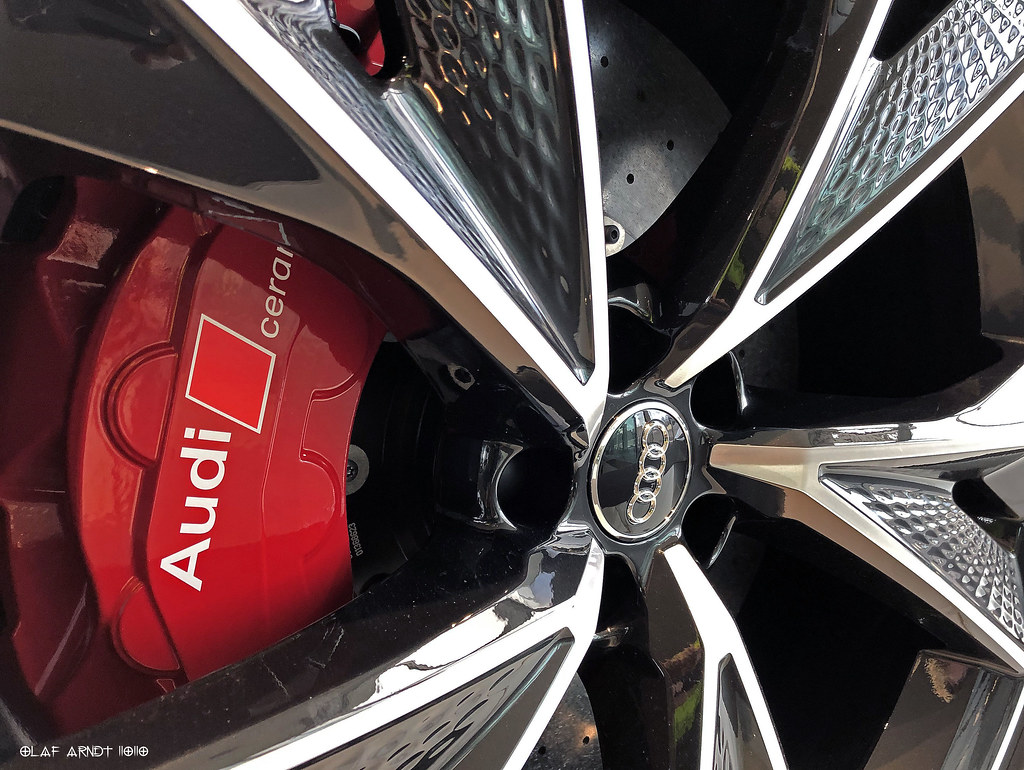
4. **Pumping On and Off the Brakes or Not Maintaining a Consistent Speed**
Few things are as jarring for a passenger as experiencing a driver who constantly pumps the brakes or struggles to maintain a consistent speed. This habit is not merely annoying; it’s often a clear indication that a person has not yet fully mastered the art of driving, or at least, the nuances of smooth vehicle operation. It suggests a lack of confidence or refined control.
Research conducted by The American Automobile Association (AAA) corroborates this observation, identifying this behavior as a sign of poor braking technique. Such inconsistent pressure and unnecessary jerking motions are not only uncomfortable for passengers but can also disrupt the driver behind you, leading to unpredictable traffic flow. Furthermore, this habit significantly contributes to the premature wear and tear of crucial vehicle components, specifically your brake pads and rotors, leading to higher maintenance costs.
In the vast majority of modern vehicles, the most effective and efficient braking method involves consistently applying firm, steady pressure, rather than the outdated practice of pumping. There can, of course, be underlying psychological reasons why a driver might lack confidence, manifesting in these habits. For instance, an individual might be grappling with Post-Traumatic Stress Disorder (PTSD) stemming from a past car wreck, leading to anxiety around driving. Alternatively, a condition like colorblindness could impact their perception and decision-making, causing them to doubt their abilities behind the wheel and resort to less controlled driving behaviors.
Read more about: The Road Less Traveled: 12 Sports Cars Proven to Defy the Odometer and Deliver 200,000+ Miles of Thrills for U.S. Drivers
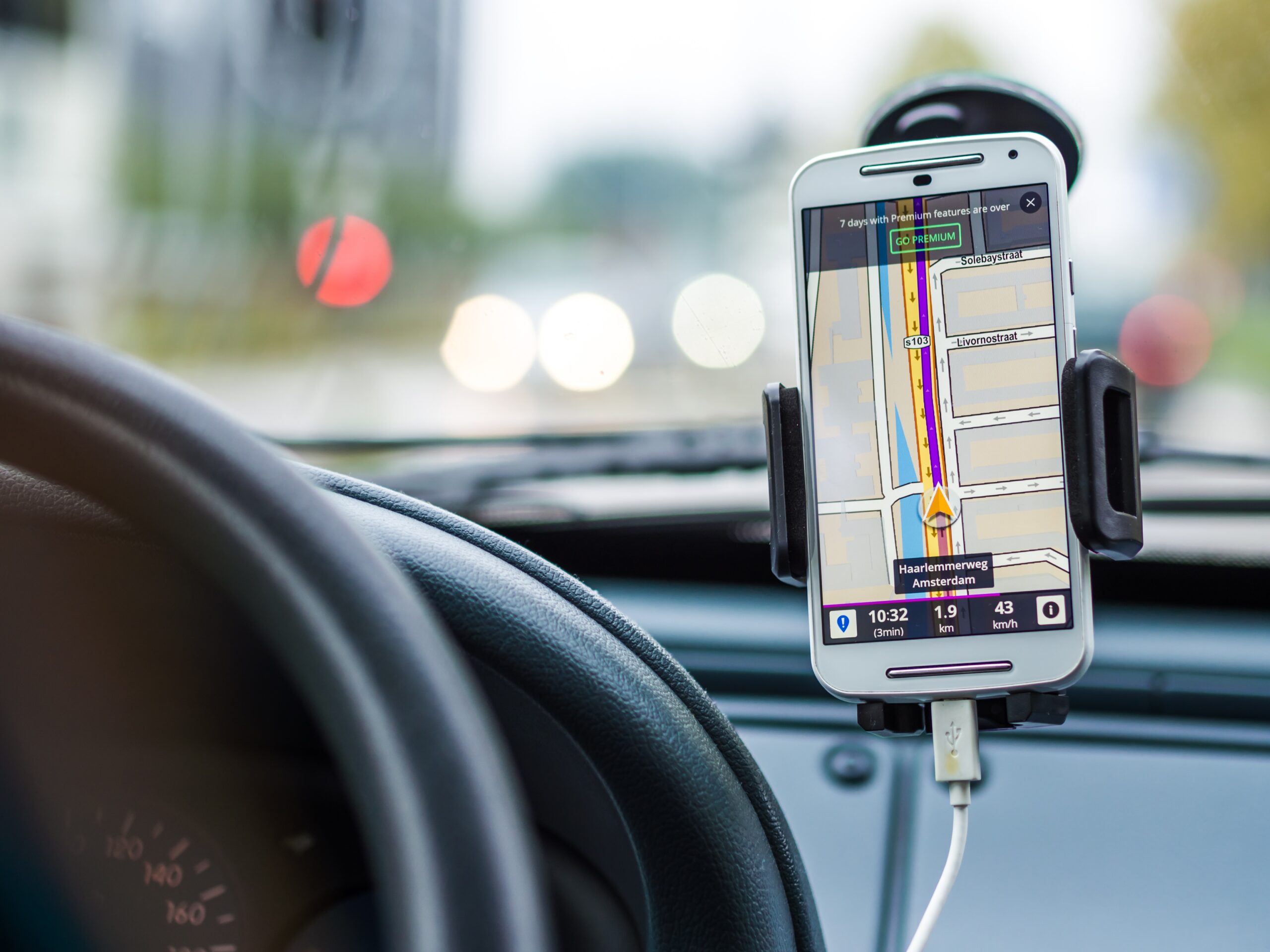
5. **Distracted Driving (Including Phone Use)**
Distracted driving encompasses a wide array of behaviors that divert a driver’s attention from the primary task of operating a vehicle. This can range from seemingly innocuous actions like changing radio stations or eating, to more serious diversions such as engaging in conversations, or even simply daydreaming during periods of low stimulus or dull driving, like long-distance highway stretches. These distractions, however minor they may seem, significantly compromise road safety.
Research from the National Center for ADHD highlights a specific vulnerability: drivers with Attention-Deficit/Hyperactivity Disorder (ADHD) appear to be particularly susceptible to distractions during monotonous driving conditions. This emphasizes that while some distractions are a choice, others can be rooted in neurocognitive differences, making awareness and mitigation strategies even more crucial for these individuals.
Smartphone use, specifically, has emerged as a pervasive and dangerous form of distracted driving. A study exploring the “Big Five” personality traits — openness, conscientiousness, extraversion, agreeableness, and neuroticism — revealed interesting correlations. Researchers found that individuals who score higher in conscientiousness and agreeableness are more inclined to feel an urgent need to reply quickly to texts or missed phone calls, making them more prone to distraction. Furthermore, extroverts were observed to use cell phones more frequently while driving than their introverted counterparts.
Statistically, the impact of distracted driving is considerable. The National Highway Traffic Safety Administration (NHTSA) reported that driver distraction was a factor in 11.0% of all traffic crashes in 2022, though this was a decrease from 14.6% in 2019. It was implicated in 7.8% of fatal crashes and 11.9% of injury-only crashes. The absolute number of distraction-related fatal crashes has remained consistently high, ranging between 2,600 and 3,300 annually since 2010. Public concern over this issue is profound, with a Pew Research Center survey indicating that a striking 78% of Americans identify cellphone distraction as a major problem in their local communities, reflecting a widespread recognition of its severity. In 2022, cellphone use was a factor in 12.1% of all distraction-related fatal crashes, underscoring its significant role in vehicular deaths.
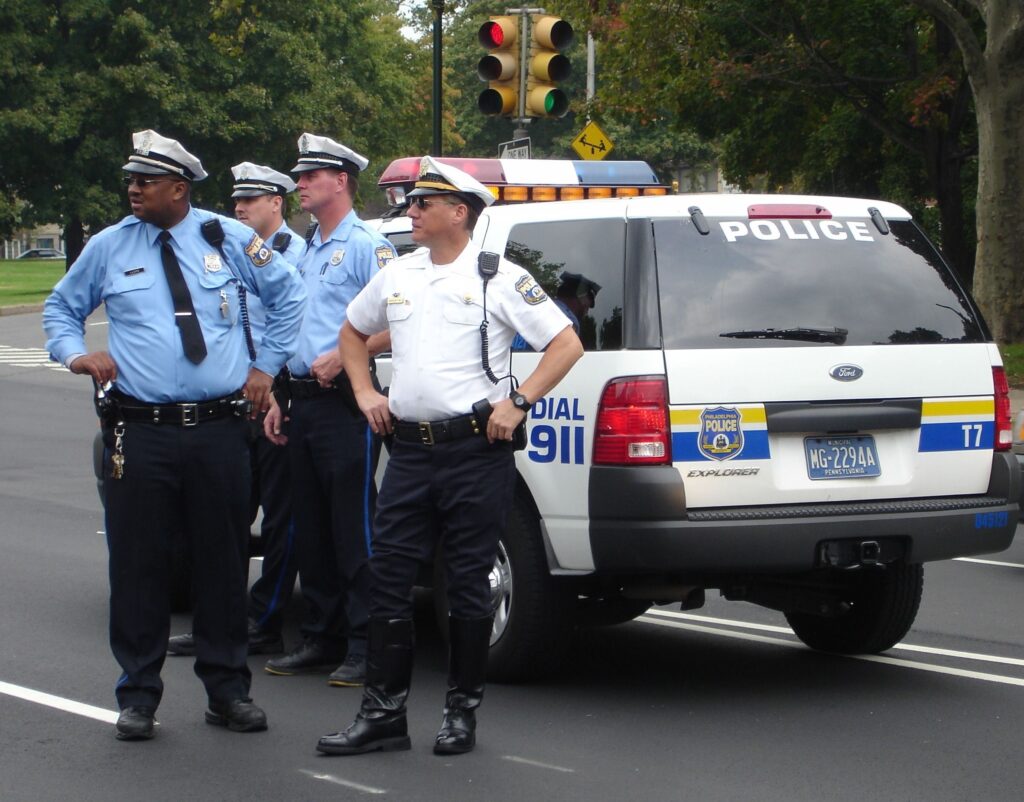
6. **Not Pulling Over for Emergency Vehicles or Funeral Processions**
Adhering to the law and showing common courtesy dictate that drivers should pull over for emergency vehicles and funeral processions. Fortunately, this is a behavior that most people perform instinctively, recognizing both the legal requirement and the respect owed. However, for those who fail to do so, it can serve as a profound “red flag,” indicating deeply ingrained narcissistic behaviors.
Such an oversight suggests a driver believes they are superior to others, or that established laws simply do not apply to them. This egocentric perspective can have dire consequences, especially when the vehicle in question is responding to a life-threatening situation. It underscores a fundamental disregard for the well-being and safety of the community at large, prioritizing personal convenience above all else.
There are a variety of reasons why a driver might not pull over. These can range from genuine oversight, such as not noticing the emergency vehicle due to distractions, to misinterpreting the situation, or simply being unaware of the law. Heavy traffic conditions can also present a challenging environment for maneuvering safely out of the way. In more concerning cases, drivers may consciously choose not to prioritize yielding, driven by a self-centered urgency. A 2020 study further explored this, suggesting that some drivers might be in denial about the seriousness of the situation or experience a self-imposed sense of urgency, which leads to poor decision-making. The widespread frustration with this behavior is evident, as 86% of UK drivers surveyed by the AA ranked it as highly annoying.

7. **Deliberately ‘Blocking the Box’**”
“Blocking the box” is a common traffic infraction that occurs when a driver enters an intersection, often on a yellow light, despite traffic ahead being backed up. The result is that their vehicle ends up obstructing the intersection, preventing cross-traffic from moving once the light changes. This not only snarls traffic but also showcases a distinct lack of consideration for other road users.
Intriguingly, the same team of researchers from the University of California, Berkeley, who studied pedestrian right-of-way, also investigated this phenomenon. Their findings revealed a notable pattern: individuals who drive “nicer” or more prestigious cars tend to engage in blocking the box more frequently than owners of less expensive vehicles. This suggests a potential correlation between the perceived status of a vehicle and a driver’s willingness to disregard traffic rules for their own benefit.
When a person consistently blocks the box, it often signals a belief that their time is inherently more valuable than that of others. This behavior, particularly if it’s a regular occurrence, clearly indicates a driver who is both rude and prone to exercising poor judgment. It reflects a broader attitude of self-prioritization over the collective efficiency and courtesy required to maintain smooth urban traffic flow. This action not only causes localized frustration but contributes to the systemic inefficiencies of urban transportation, highlighting a significant breakdown in basic road manners.”
Read more about: DuckDuckGo Unpacked: An In-Depth Exploration of the Privacy-First Search Engine Reshaping Your Digital Life

8. **Stopping on a Dime**
Few driving habits are as unsettling and potentially hazardous as a driver who consistently slams on their brakes, often described as “stopping on a dime.” This abrupt behavior creates a jarring experience for passengers and can be a significant indicator of underlying issues in a driver’s road awareness or confidence. It often suggests a rushed mindset or even a struggle with accurately judging distances and reaction times, which are fundamental to safe driving.
This particular habit might stem from several factors, including poor depth perception or a slower-than-average perception-reaction time. While such instances can be momentary lapses, a consistent pattern of abrupt braking can signify a deeper problem, perhaps even an unacknowledged lack of confidence behind the wheel. The implications extend beyond immediate discomfort, impacting the vehicle’s mechanics and the safety of those following.
Indeed, continuously engaging in sudden stops places undue stress on a vehicle’s braking system, leading to premature wear on brake pads and rotors. Beyond the mechanical toll, this behavior can be a subtle but telling sign of a driver’s struggle with effective time management, constantly hurrying and reacting impulsively rather than planning ahead. It’s a clear red flag for anyone observing their road manners.
Read more about: Built to Last: 10 Legendary Vehicles That Rarely Need a Major Engine Overhaul
9. **Performing a ‘California Roll’ at a Stop Sign**.
The “California roll,” or a rolling stop, is a common infraction that involves slowing down but not coming to a complete halt at a stop sign before proceeding. While it might seem like a minor shortcut, this seemingly innocuous habit is fundamentally a breach of traffic law and a clear indicator of a driver’s disregard for road safety protocols. It represents a casual negligence that can have serious consequences.
This habit is most frequently observed when drivers are navigating familiar areas, leading to a sense of complacency or even laziness. The routine nature of their commute can breed absentmindedness, causing them to forego the crucial, albeit brief, full stop required by law. Such carelessness, though often unintentional, highlights a disconnect between the driver’s perceived efficiency and the actual safety requirements of the road.
A rolling stop isn’t just a technical violation; it significantly increases the risk of collisions, especially at intersections where visibility might be limited or where pedestrians and cyclists expect vehicles to yield completely. It underscores a driver’s tendency to prioritize personal convenience over the safety of other road users and the fundamental rules designed to maintain orderly traffic flow. This minor lapse in judgment can often reveal a broader pattern of inattentiveness.
Read more about: 12 Unforgettable Venue Fiascoes: From Celebrity Eateries to Dream Wedding Disasters

10. **Not Signaling a Turn or Lane Change**
The act of signaling a turn or lane change is one of the most basic yet crucial courtesies on the road, serving as a vital communication tool between drivers. It’s a legal requirement in nearly all situations, with exceptions only arising when there are no other vehicles or pedestrians present. Failing to signal, which occurs an astonishing “99 percent of the time” when it should be used, isn’t just impolite; it’s a significant safety hazard and a potential moving violation.
The persistent omission of this simple gesture can speak volumes about a driver’s disposition. It may suggest a certain sloppiness in their habits, indicating a lack of attention to detail or perhaps even an emotional or mental preoccupation that distracts them from the primary task of driving. For some, it might even be a subtle expression of believing they are “above the law” regarding what they perceive as minor infractions.
Beyond individual psychology, the impact on traffic safety and flow is undeniable. Without clear signals, other drivers are left guessing intentions, leading to sudden braking, increased frustration, and a heightened risk of collisions, particularly during lane changes or at busy intersections. The AA notes that while not indicating isn’t an offense if no one else benefits, it becomes a “punishable offense” if it causes an accident, underscoring its critical role in preventing mishaps. A staggering 86% of UK drivers find this habit “highly frustrating,” highlighting its widespread detrimental effect on road experience.
Read more about: Remember the ’90s? Here Are 12 Moments That Shaped the Decade and Still Echo Today!
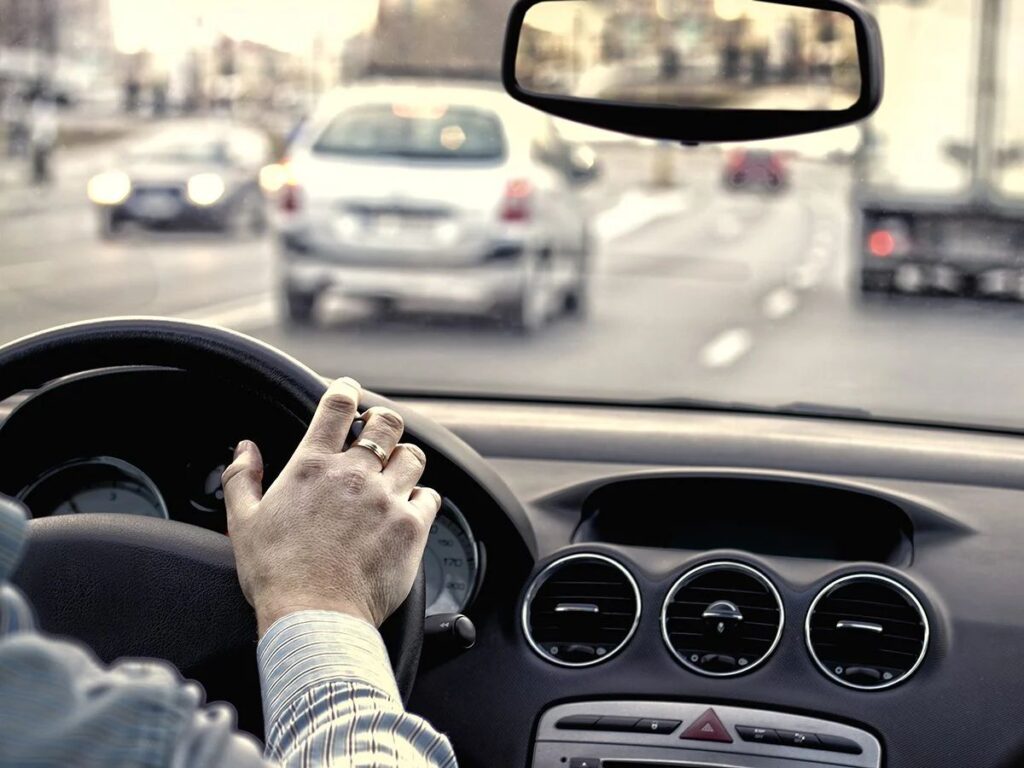
11. **Use of Aggressive Language or Gestures**
Aggressive driving, often manifested through rude language or hostile gestures, is far more than just a display of temper; it’s a critical road safety issue. Psychological scientists from Ohio State University and the University of Luxembourg conducted extensive studies linking aggressive driving behavior directly to narcissistic traits. Their research indicated that narcissism is a significant predictor of aggressive driving, a factor in over half of all traffic accidents in the United States alone.
These studies focused on individuals exhibiting subclinical levels of narcissism, identifying those who scored high (4 or 5 out of 5) on statements such as “I like to be the center of attention” or “I am an extraordinary person.” A high correlation was found between these narcissistic tendencies and specific aggressive driving behaviors. Participants were more likely to admit to statements like, “I often swear when driving a car,” or “When driving my car, I easily get angry about other drivers.”
The link extended to a range of dangerous actions on the road. Individuals scoring high in narcissism were also found to be more prone to tailgating, speeding excessively, driving off-road, crossing the center line into oncoming traffic, driving on the shoulder, and honking their horns impatiently. These behaviors not only escalate tensions on the road but also drastically increase the risk of severe accidents, making them serious threats to public safety.
The impact of aggressive driving is further underscored by the RAC, which lists it among the top motoring concerns, with approximately one-fifth of drivers expressing worry about it. Research by the University of Warwick further quantifies this danger, revealing that aggressive drivers maintain a mean speed 3mph (5km/h) faster than non-aggressive drivers and, crucially, make more mistakes. This combination of increased speed and errors paints a clear picture of the profound risks aggressive drivers pose to everyone sharing the road. Road rage, characterized by its intentional assault, whether with a vehicle or weapon, represents an extreme end of this spectrum, leading to a tragic number of fatalities and injuries annually, as documented by the Gun Violence Archive.
Read more about: Are You *That* Guest (Or Host)? Uncovering 12 Party Blunders That Secretly Annoy Everyone!

12. **Driving with Full Beam Lights On When Passing Other Cars**
One of the most universally detested and visually disruptive driving habits, topping the list for 87% of surveyed UK drivers, is the inconsiderate use of full beam headlights in situations where other vehicles are present. This seemingly minor oversight has a profound impact on the safety and comfort of fellow motorists, causing a cascade of negative effects on visibility and reaction times for those caught in the blinding glare.
The primary issue with inappropriate full beam usage is the dazzling effect it has on oncoming or leading drivers. The RAC highlights that a significant two-thirds of drivers are compelled to slow down when faced with these intense lights, illustrating the severe impairment to vision and the subsequent disruption to traffic flow. This involuntary reaction underscores the inherent danger, as reduced visibility can easily lead to misjudgments and accidents.
While having full beam headlights on isn’t inherently illegal, their use becomes an offense when they actively dazzle other drivers, potentially causing an incident. This distinction emphasizes the responsibility of drivers to operate their vehicles with consideration for others, adapting their lighting to prevailing conditions and traffic. A driver who neglects this basic courtesy not only reveals a lack of awareness but also actively compromises the safety of those around them.
Read more about: Don’t Get Stuck: The 14 Most Common Reasons Your Car Fails State Inspection (and How to Ace It)

13. **Taking Up More Than One Parking Space**
The seemingly trivial act of taking up more than one parking space is, in fact, a glaring exhibition of poor road manners and a significant source of frustration for other motorists. This behavior extends beyond mere inconvenience, reflecting a driver’s indifference to the shared public resource of parking and, by extension, a lack of consideration for the community around them. It’s a habit that speaks volumes about an individual’s sense of entitlement or general disregard for others.
This inconsiderate parking habit often forces other drivers to circle endlessly in search of an available spot, exacerbating traffic congestion and contributing to unnecessary stress in busy areas. While less direct than aggressive driving, it significantly impacts the overall flow and harmony of public spaces. A survey highlighted that 82% of drivers find this specific habit highly annoying, showcasing the widespread irritation it causes.
Experienced driving instructor Steve Watson observes that such “bad manners” are not limited to parking across multiple spaces but also include parking on pavements or blocking driveways. These actions consistently impede pedestrians, wheelchair users, and residents, clearly demonstrating a pervasive lack of patience and respect for shared spaces and community norms. Such behavior suggests a driver prioritizes their immediate convenience over the accessibility and comfort of others.
Read more about: Seriously, Where Did They Go? A Nostalgic Deep Dive into 12 Discontinued Drinks That Vanished From Our Tables
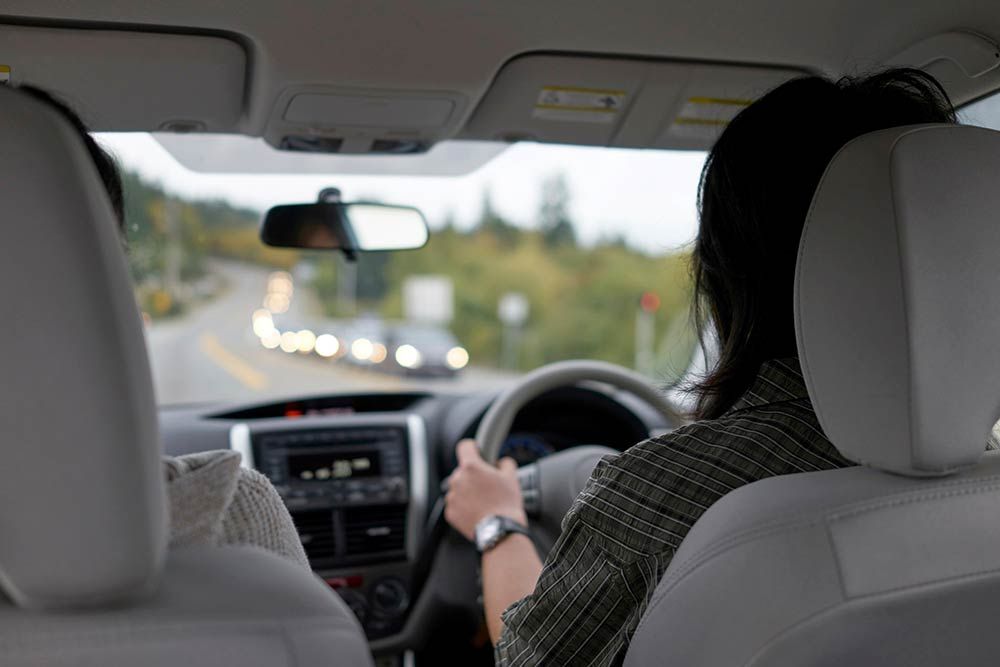
14. **Poor Merging Behavior**
Merging onto busy roads or navigating lane closures requires a delicate balance of cooperation and attentiveness, yet it frequently becomes a flashpoint for frustration due to poor merging behavior. This category encompasses both the failure to allow others to merge gracefully and the problematic habit of drivers waiting until “the very last second” to merge, disrupting traffic flow and increasing accident risk. The concept of “merging in turn” is often disregarded, contributing to congestion and road rage.
Driving instructor Steve Watson points out a particular challenge with “merging in turn” on motorways, especially when lanes close. He observes that many motorists fail to allow alternate drivers to merge, instead pushing ahead or blocking the path. This impatience and lack of cooperation, Watson notes, is a clear sign of decreasing patience among drivers. Such actions not only cause immediate backups but also erode the spirit of mutual respect essential for smooth traffic.
The statistics underscore the depth of this frustration: 75% of drivers find “not allowing merging” annoying, while 74% are irritated by those who “not merging until the very last second.” These figures highlight a systemic problem where drivers either aggressively block others or passively create bottlenecks through indecision. This poor conduct affects overall traffic efficiency, leading to slower commutes and heightened tension, reflecting a breakdown in basic road etiquette that prioritizes individual progress over collective harmony.
Read more about: Navigating the Rough Road: The 13 Critical Reasons Why Used Car Dealerships Fail and How to Thrive
As we navigate the complexities of modern roads, it becomes increasingly clear that our driving habits are more than just functional maneuvers; they are profound reflections of our character. From subtle discourtesies to overtly aggressive actions, each behavior contributes to the collective experience of driving, either enhancing safety and harmony or fueling frustration and danger. Embracing good road manners, practicing patience, and fostering a spirit of forgiveness are not just idealistic notions; they are practical necessities for safer, more pleasant journeys for everyone. As veteran driving instructor Steve Watson wisely advises, “If everyone’s a bit more forgiving and a bit more patient, then everyone would enjoy driving a lot more.” Ultimately, creating better roads begins with each of us choosing to be better drivers, understanding that every action behind the wheel has a ripple effect on the entire community.


